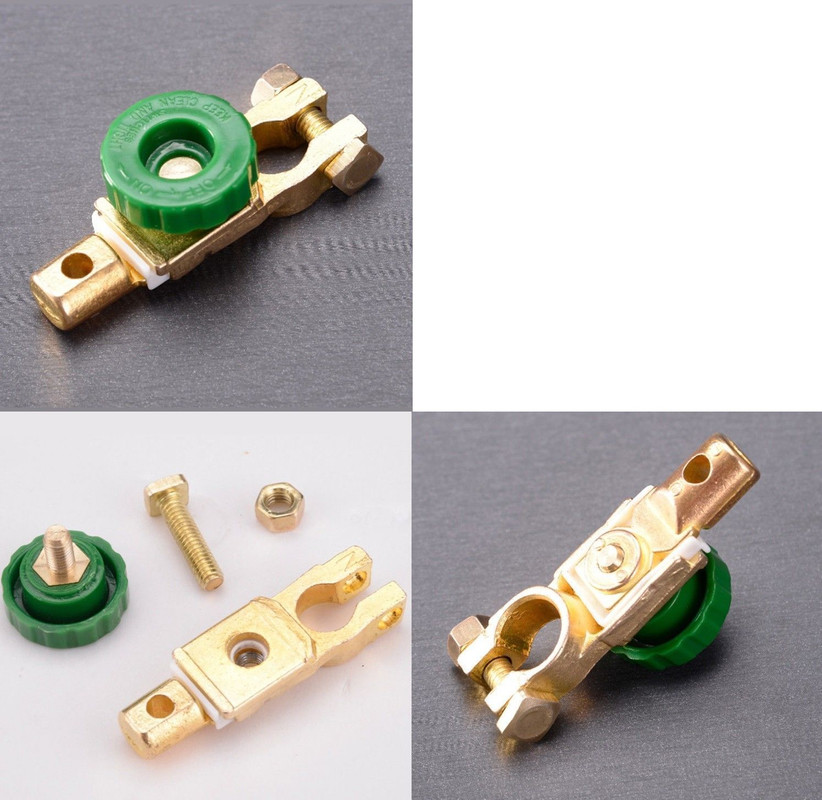In electrical and electronic systems, frequently it's poor connections that can cause a myriad of problems. Connector-less construction is an ideal goal for designers, but in some cases its inevitable that some form of connection is required. Caravans are no exception to this, and it seems almost obligatory for wiring harnesses to be terminated with a connector of some kind sometimes to meet legislative requirements for means of disconnection, or principally to simplify and speed up the assembly.
Which type of connection should be used has no universal answer its horses for courses and the choice of connection or termination method will depend on several factors, which will include, legislation or trade practice, the scale of current it is expected to withstand, the quality if contact required, speed of assembly, cost of parts, and reliability, resistance to environmental conditions (Including chemical ingress and attack, pressure differences, Oxidisation, Thermal cycling, electrolytic of dissimilar metals and ++++) spark containment ... etc
Taking a lead (no pun intended) from the car manufacturers who of course are very well experienced with 12V dc and high current applications, the vast majority of connectors are crimped.
As with so many things the strength of any system is determined by the weakest link, and whilst crimping does generally provide a good termination method for 12V dc systems, its only as good as the crimping. Poor crimping will be as unreliable as any other poorly or badly specified job.
Working with crimps is not too hard or expensive for cable up to 2.5mm2 csa, but going beyond that can be difficult unless you have a professional crimping tool for the job, and I'd suspect that caravan wiring will need at least 6mm2 csa.
Soldering is another practical solution, but as with all methods it does need to be done correctly to ensure good contact and a secure termination of the cable.



